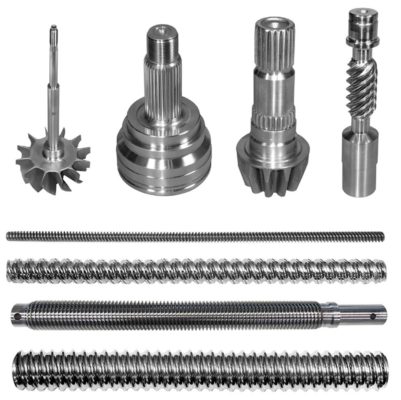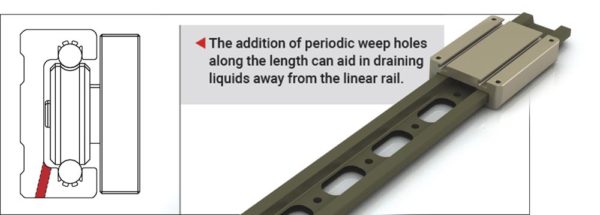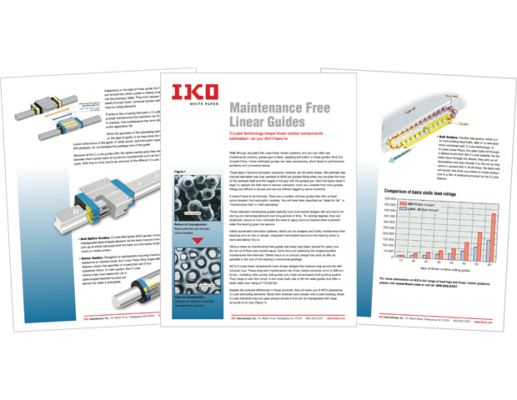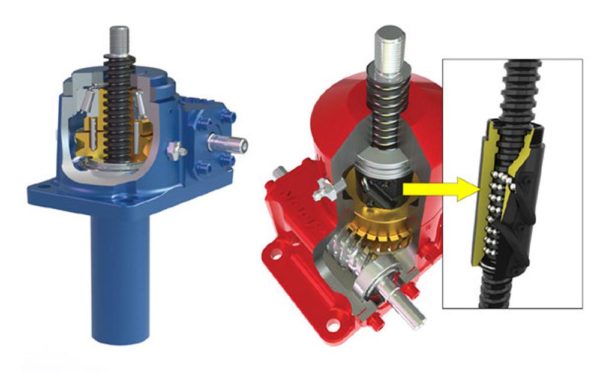Items Tagged with 'linear motion'
ARTICLES
The cylindrical die rolling process can produce helical, axial, and annular forms on shaft-like parts at high rates of speed with precision tolerances.
Read More
Design Tips for Linear Motion Systems in Washdown Applications
Designing linear motion systems for washdown applications requires careful component selection to solve problems associated with contamination as well as liquid and chemical interactions.
Read More
Comparing Machine Screw Jacks and Ball Screw Jacks for Heavy Lifting Capabilities
Engineers should consider the following factors during the design phase
Read More
Webinar
Applied Cobotics Renews Manufacturing with Automation
Applied Cobotics by PBC Linear
Read More
White Paper
Engineering Practices and Design Principles for Washdown Environments
LEE Linear
Read More
White Paper
Selecting Linear Bearings for Optimized Round Rail Performance and Cost
Thomson
Read More




 In this white paper, there is an examination of the sound engineering practices and design principles needed to ensure the performance of mechanical linear motion components in sanitary, washdown, or chemically cleaned environments.
In this white paper, there is an examination of the sound engineering practices and design principles needed to ensure the performance of mechanical linear motion components in sanitary, washdown, or chemically cleaned environments.


 When designing for linear motion systems, the initial decision between round and square rail can significantly impact cost, performance and durability. Square rail, which is typically the more expensive option, has a higher load capacity and tighter accuracy. Round rail offers distinct cost and reliability advantages for certain applications, but maximizing those advantages depends on specifying the right bearing to minimize friction in each application. Designers must often choose between plain bearings, often called bushings, and ball bearings. And within each type, they will have more options that impact price, performance, maintainability and durability. Understanding these options early in the design cycle will optimize the performance and cost of the linear motion application.
When designing for linear motion systems, the initial decision between round and square rail can significantly impact cost, performance and durability. Square rail, which is typically the more expensive option, has a higher load capacity and tighter accuracy. Round rail offers distinct cost and reliability advantages for certain applications, but maximizing those advantages depends on specifying the right bearing to minimize friction in each application. Designers must often choose between plain bearings, often called bushings, and ball bearings. And within each type, they will have more options that impact price, performance, maintainability and durability. Understanding these options early in the design cycle will optimize the performance and cost of the linear motion application.




